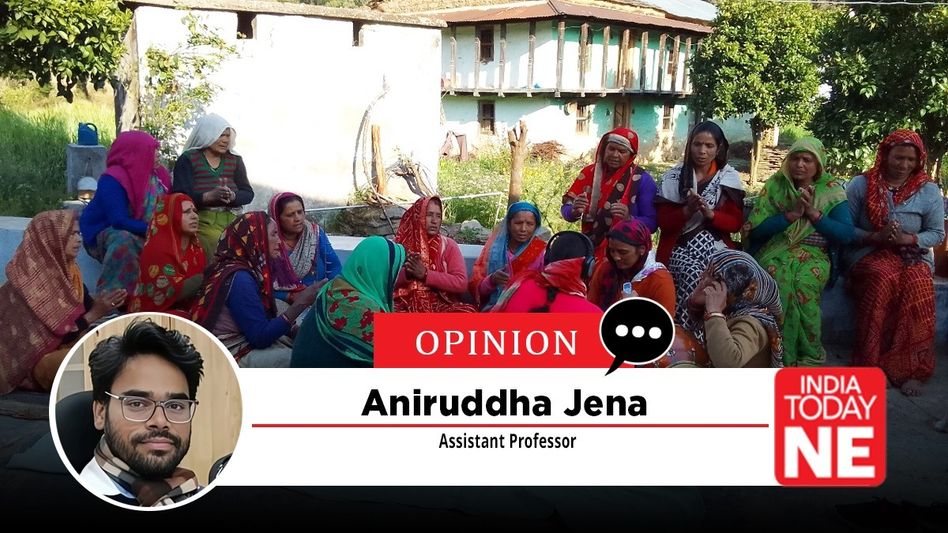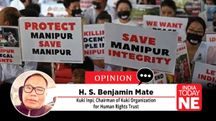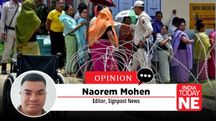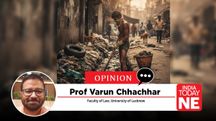Voices from the Mountains: How Community Radio in Uttarakhand is Nurturing Environmental Resilience and Livelihoods
Community radios in Uttarakhand promote environmental awareness and support livelihoods through localised broadcasts. They empower communities with knowledge on sustainability and conservation.

In the middle ranges of the Indian Himalayas, where road access remains patchy, weather is increasingly erratic, and outmigration continues to hollow out villages, a quiet transformation is underway. Not through government schemes or mobile apps, but through the airwaves. Uttarakhand's community radio stations, Henvalvani in Tehri Garhwal, Mandakini ki Aawaz in Rudraprayag, Kumaon Vani in Nainital, and others, are scripting an extraordinary story of hope, resilience, and self-representation.
These stations, set up and run by local communities, are emerging as crucial agents of sustainable development. They offer a platform where mountain communities can not only hear their voices reflected but also reshape local narratives around forests, livelihoods, and climate change.
“For us, community radio is not just about airing programs; it is about creating a shared space where the concerns of people and the environment meet,” says Rajendra Negi, station head of Henvalvani. “We try to ensure that discussions on forests, farming, migration, and climate change are rooted in what people here live and feel every day.”
Grounded in Local Knowledge
One of the most distinctive features of these radio stations is their deep embeddedness in local ecological knowledge. In Mandakini ki Aawaz, situated near Kedarnath, programmes on glacial melt and forest degradation are often intertwined with oral histories and folk songs. Manvendra, the station coordinator, shares: “Our elders know which plant blooms when and what changes in the wind mean for rainfall. We bring those voices to the radio, especially when talking about climate shifts.”
Similarly, Kumaon Vani has developed a series of shows on sustainable agriculture and composting that draw upon indigenous techniques and new experiments with organic inputs. Mohan Singh, who leads the station, points out: “We see community radio as a bridge, between tradition and science, between the expert and the farmer. It allows us to bring technical information into everyday conversations and connect it with lived realities. That is what makes it relatable, trusted, and transformative for people in these remote areas.”
Creating Inclusive Environmental Communication
Women, who are often underrepresented in national and regional media coverage of environmental issues, find meaningful participation and agency on these community radio platforms. In the context of Uttarakhand, where women are primary custodians of forest-based livelihoods and water management, their voices are not only amplified but valued as central to environmental decision-making. From radio reporters to discussion leaders, they are not only participants but knowledge producers. In a recent episode aired by Henvalvani, a women’s self-help group from Chamba discussed their collective composting initiative and how it reduced dependency on chemical fertilisers.
In another segment from Mandakini ki Aawaz, local schoolgirls hosted a programme on water conservation practices revived in their village. “When girls lead the conversation, the entire community listens,” Manvendra reflects. “It changes who is seen as an expert.”
Responding to Climate Disasters
Earlier this year, when flash floods struck Rudraprayag, Mandakini ki Aawaz played a pivotal role in relaying timely information about road closures, medical camps, and helpline numbers. Without waiting for official directives, they initiated phone-in programmes where residents could request help or report needs.
“In a crisis, trust matters more than reach,” Manvendra says. “People call us because they know we are one of them.”
This trust has been cultivated over years of consistent, hyperlocal programming. From tips on preventing forest fires to dialogues with forest officers about community rights, the radio stations function as knowledge hubs and connectors.
Building Livelihood Awareness
Across Uttarakhand, youth are leaving for cities in search of work. Community radio, however, offers counter-narratives by showcasing stories of returnees who have revived traditional farming or taken up beekeeping, floriculture, or ecotourism. Kumaon Vani recently featured the story of a women-led self-help group in Talla Ramgarh that started a traditional seed conservation initiative while experimenting with millets as a climate-resilient crop. The program not only explained the nutritional and ecological value of millets but also documented the group's efforts to revive forgotten farming methods. “After the broadcast, we received calls from nearby areas asking how to start similar initiatives,” recalls Mohan Singh. This kind of community-led inspiration reflects how radio becomes more than a medium of information. It becomes a catalyst for locally grounded innovation and knowledge-sharing.
Challenges and Innovations
Despite their impact, these stations operate under considerable constraints. Funding is irregular, equipment is often outdated, and volunteer burnout is real. Yet innovation thrives.
Henvalvani, for example, developed a mobile-based feedback mechanism where listeners can send voice messages. Mandakini ki Aawaz collaborated with local NGOs to create audio toolkits on medicinal herbs and weather alerts.
“Every challenge pushes us to innovate,” Rajendra says. “Because if we don’t adapt, our community loses a voice.”
A Model for Mountain Media
Community radio in Uttarakhand represents a powerful, place-based response to the complex environmental and livelihood challenges of the Himalayan region. Unlike other narratives that focus on crisis moments or external interventions, these stations reflect a slower, ongoing process of community dialogue, adaptation, and ecological learning.
Here, media is not a tool of outreach alone but a living infrastructure of participation. These radios cultivate a culture of listening, of local storytelling, and of collective problem-solving around forest use, migration, seed diversity, and disaster preparedness.
Their model is significant not only for what it broadcasts, but for how it transforms who speaks, who is heard, and whose knowledge matters. In doing so, they shift the frame from vulnerability to agency, from remoteness to relevance.
These are not stories of the margins. They are stories that centre the mountains, with voices tuned to the frequency of change.
Sometimes, that is all it takes to reimagine the signal.
The author is a “Stories of Hope” Fellow by IUCN India under Himalayas for Future and Assistant Professor of Communications at Indian Institute of Management Kashipur
Copyright©2025 Living Media India Limited. For reprint rights: Syndications Today









